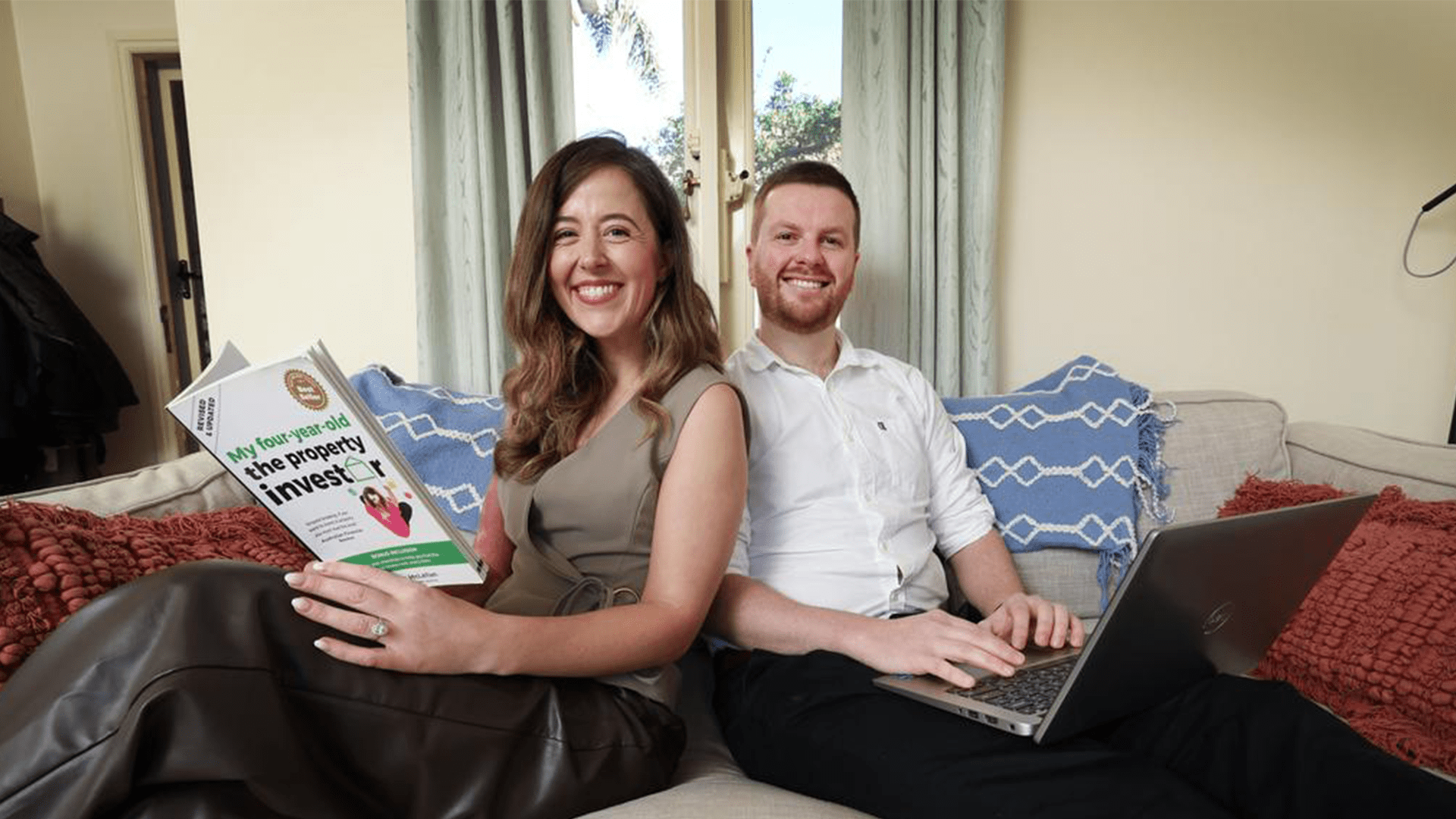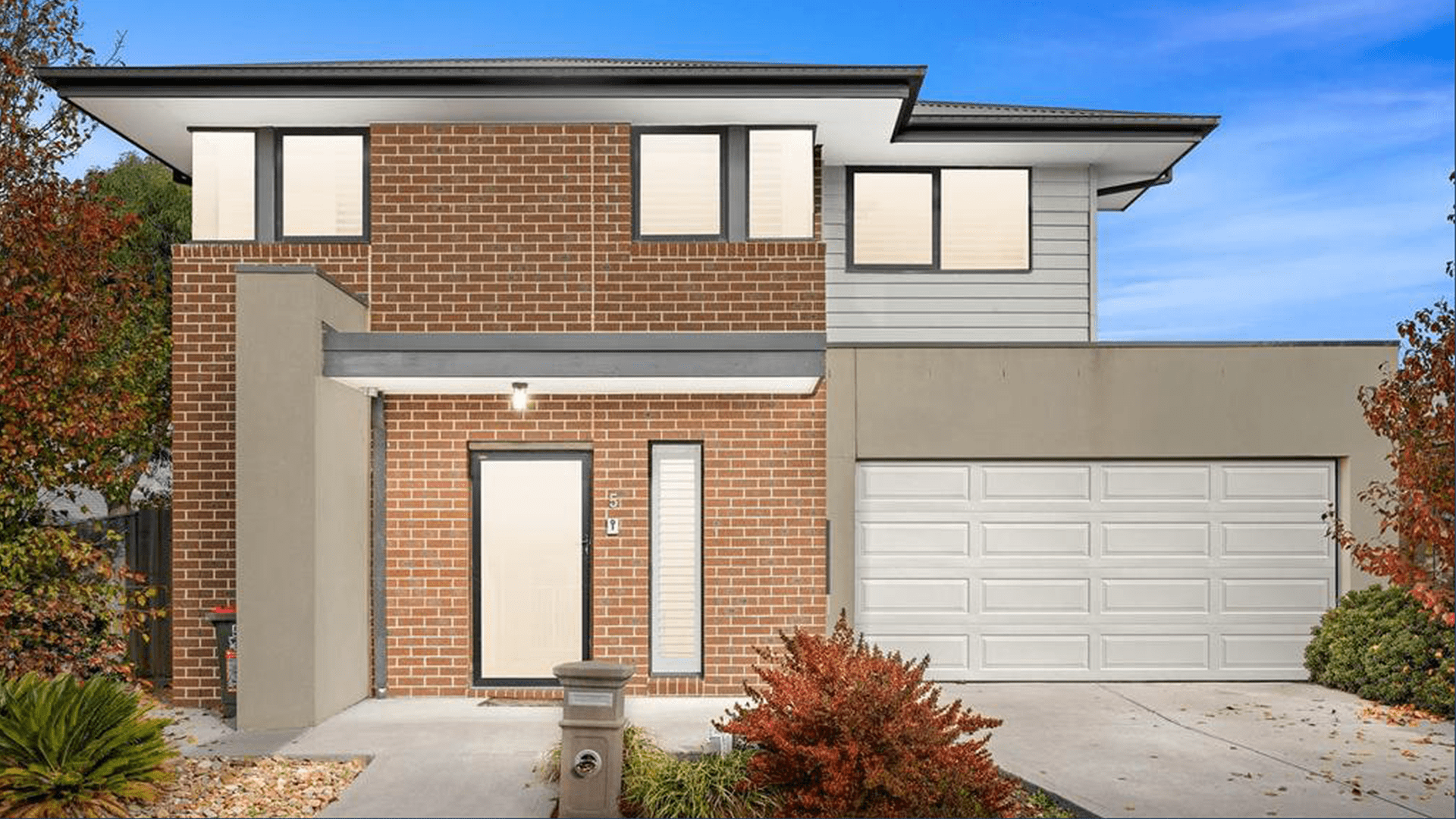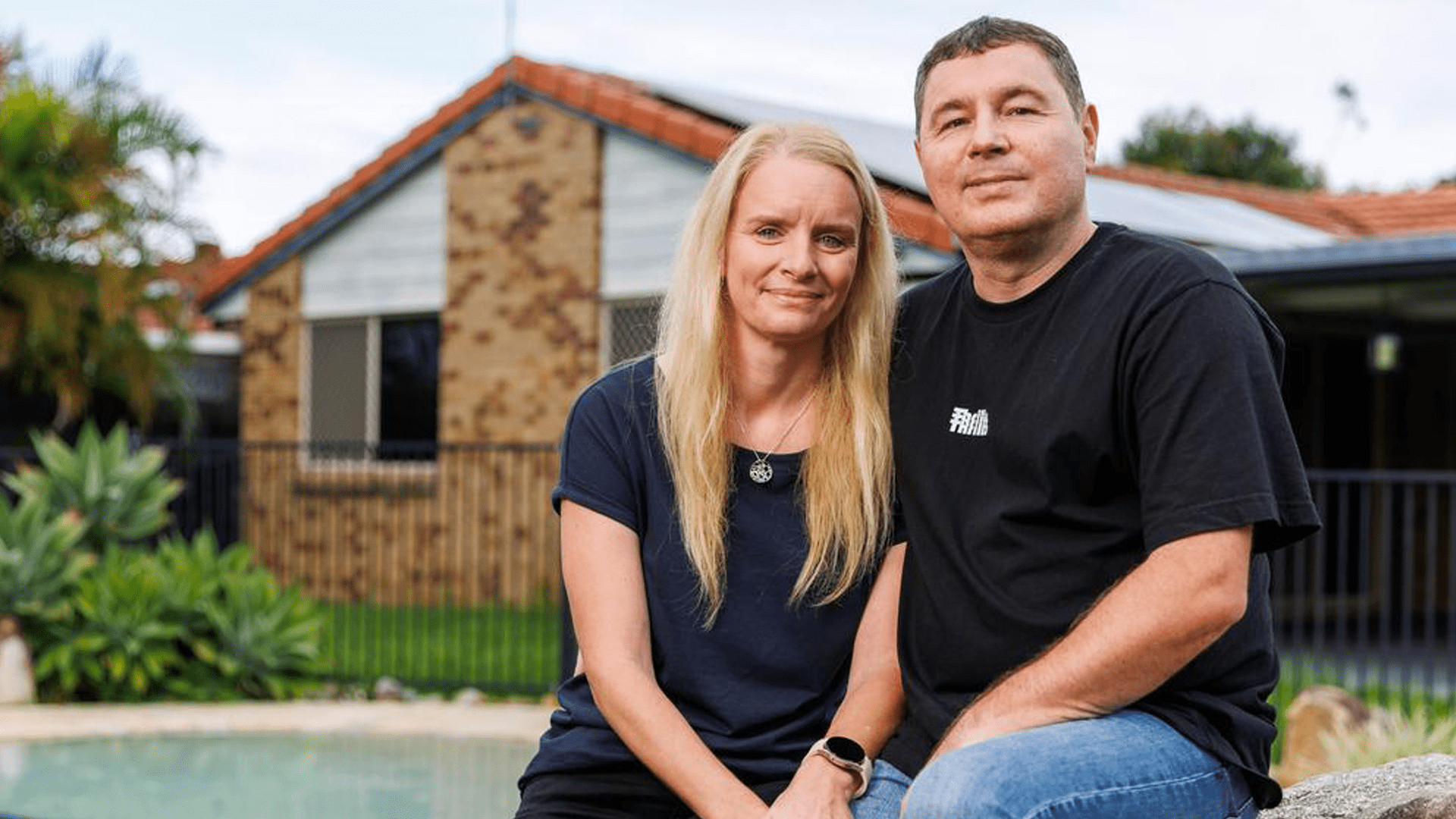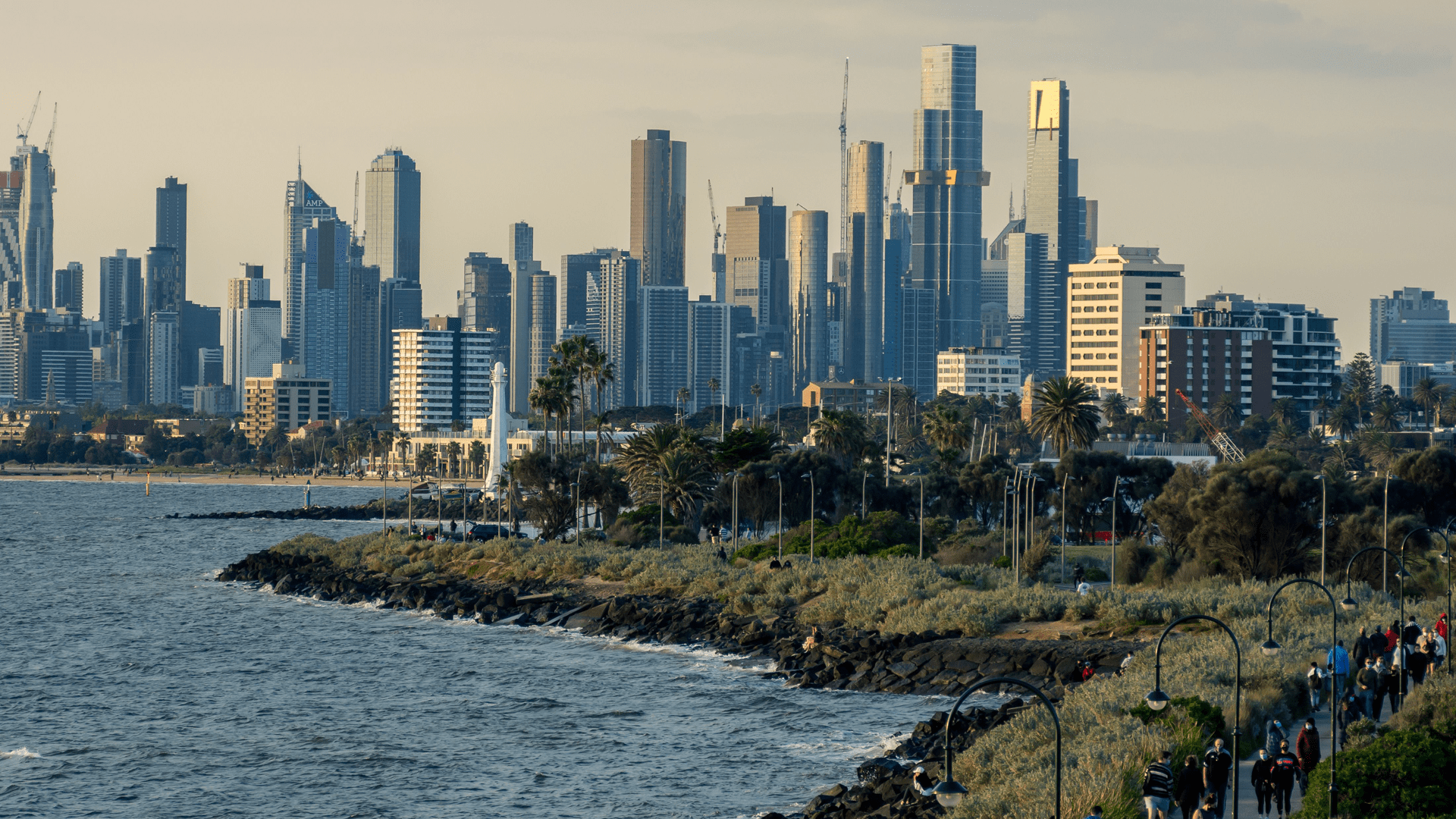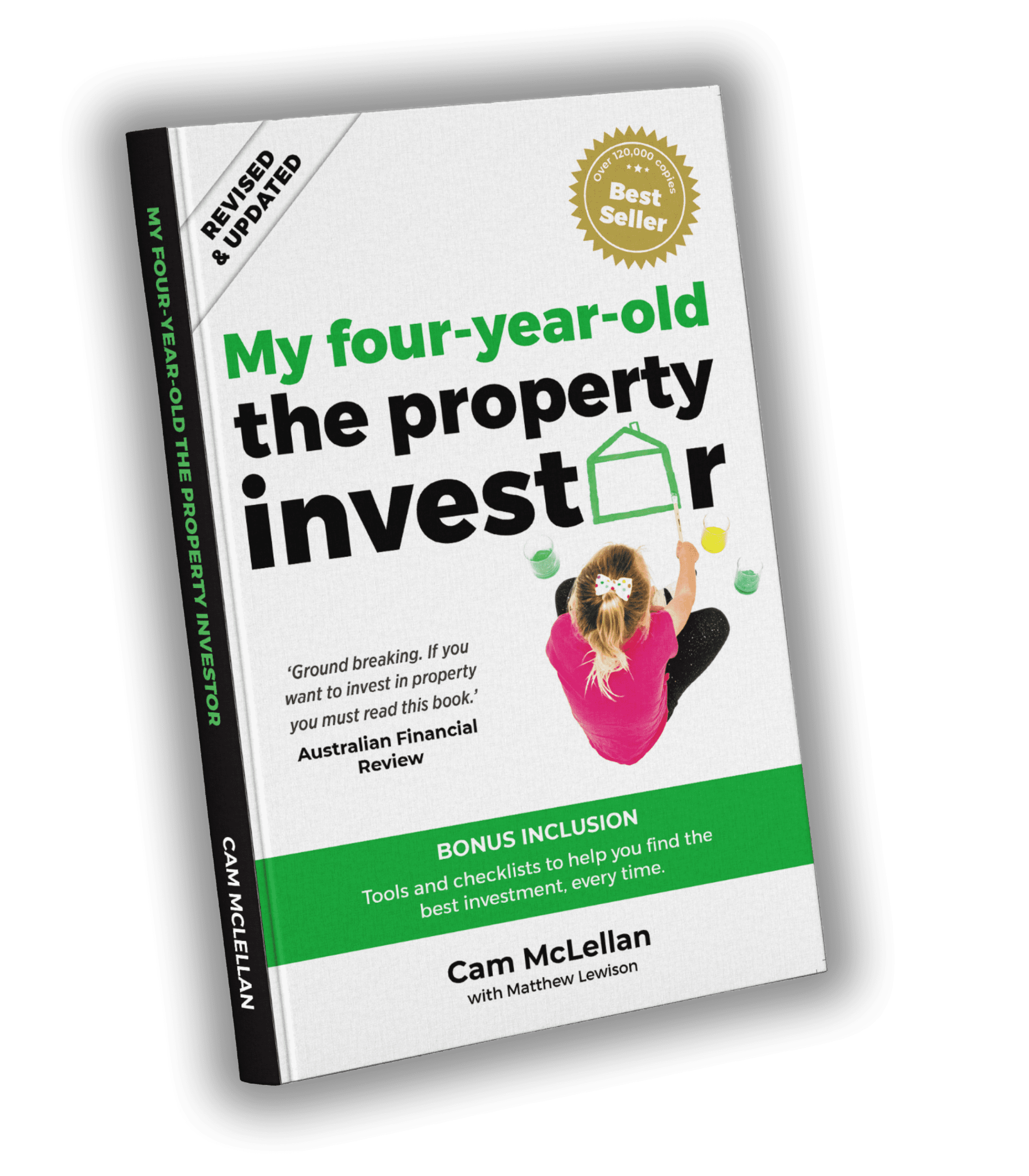By Matthew Lewison
If most people and businesses get the big things right most of the time it’s the ability to get the small things right consistently that causes a business to go from good to great.
Looking at that in the development space, and in particular with regard to risk management, I can say that after 17 years in the industry I’ve come across many developers that cover off the big risks but only a handful that understand the little things that could trip them or their project up. These people, as it so happens, are now ultra-successful business people.
Finding one project that makes a profit isn’t really all that difficult. It takes good contacts, a bit of understanding of the planning space, some equity and a lot of patience. In other words, if you wait long enough, a half-decent project will fall in your lap. The difficulty with being a developer starts when your appetite for development increases, as it invariably does for most people. They finish a few projects and then want to do more, or bigger projects and they then lose the ability to “wait” for the right deal. This leads them to take more risks and while this isn’t necessarily a bad thing it eventually leads to a loss-making venture.
I’m very fortunate to have never lost money on a development project. Part of the reason for that is that my father taught me very early the benefit of following a proven formula. “Do what you know and do it well,” he said. It sounded boring but it was a successful formula and it worked for us. As my time in the industry progressed I realised that “what I knew” and what set us apart from our peers wasn’t that we could complete a multi-unit development faster or cheaper than our competitors, although that was a small factor – but no, it was the ability to identify and mitigate risk.
This is so important because everything we do requires us to take on some risk. That said, the smaller the risk exposure the smaller the “potential” returns. The converse to this statement is that the larger the risk exposure the higher the “potential” returns. I won’t argue with this but what many people don’t realise is that the goal of all investors should be to achieve a premium return for a minimum risk. This is done by learning to be an expert at identifying risk and finding ways to mitigate those risks.
By way of example, a few years ago we acquired a land development site in Perth, WA, that had been on the market for nine months. No local developer wanted to touch it even though the project made a huge margin. There were a few reasons for this but the main ones were that there was a proposed entry road that was shared with a neighbour, meaning that it couldn’t be built without an agreement with the neighbour, who was a rather prickly sort. Also, there were external services that needed to come down the road, which would normally require the neighbouring properties to develop their land. Finally, the site required a lot of fill to be brought in at considerable cost.
It seemed logical to us that we redesign the estate so that the entry road would sit entirely on our land, thus removing the risk of dealing with the neighbour. This reduced our saleable area and subsequently our revenue forecast in our feasibility but it gave us control of our own destiny. We approached another neighbour (let’s call them the “good” neighbour) and offered to undertake their earthworks at no cost to them in order to use their excess spoil on our site. This halved the cost of importing material and also resulted in that neighbour saving a few $100,000 in earthworks and disposal costs. Finally, we assumed the full cost of external service extensions – even though, by rights, the neighbours should’ve contributed to them. All of these things were done in our due diligence so that when we went unconditional we had significantly reduced our risk exposure without reducing our profitability.
Following due diligence, we negotiated with the “prickly” owner to reach agreement on the location of the entry road and we agreed to deliver services to the seven lots of theirs that fronted the road. This gave them a win as they could sell those lots without spending any money. They also agreed to reimburse us for half the cost of the road and we worked together on our drainage plan. It turned out they weren’t that hard to deal with but they’d spent a year trying to buy our site and didn’t want to assist us in due diligence as it might result in the vendor’s price reducing if our sale didn’t proceed.
So, this is an example of a deal where we made the risk work for us, by implementing a strategy to buy a great site that others were too scared to touch. On the flip side, I have often seen far more people jump into a site that they thought was good value only to realise it had more hairs on it than a chimpanzee, but then it was too late for them as they’d already done their dough.
I could talk about risk for a week and not run out of breath but the main message I want to convey is that you can make risk your friend by learning to identify it and develop strategies to minimise it, without dinting your returns. Alternatively, you can use your knowledge of risk to quickly identify the sites that you don’t want to go near so that you can then concentrate on finding better deals elsewhere. When you can do that you increase your chance of “winning” far more often than you “lose” on a deal.


